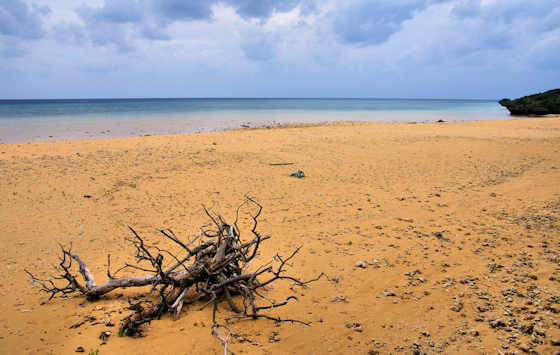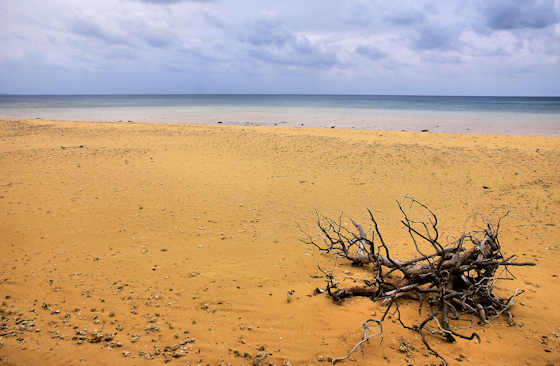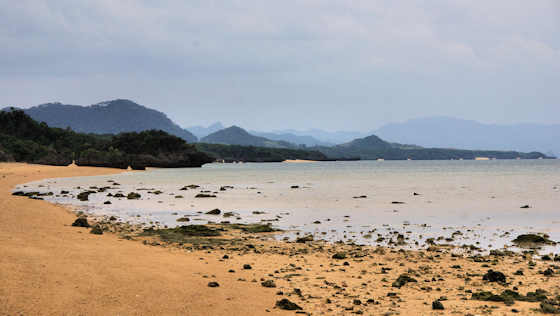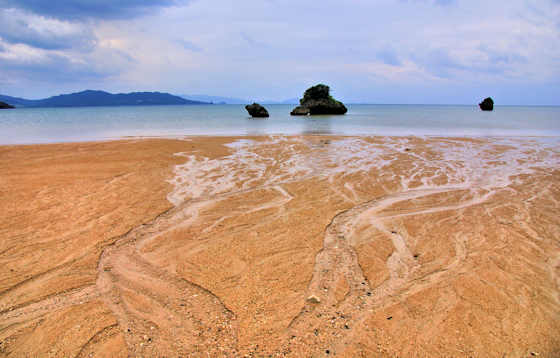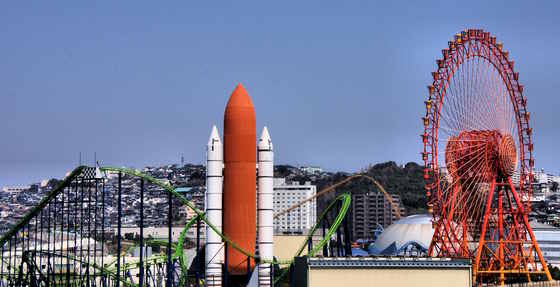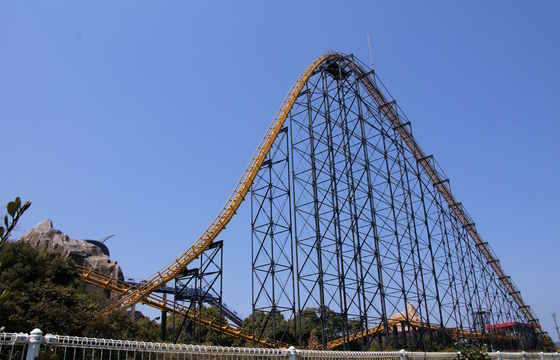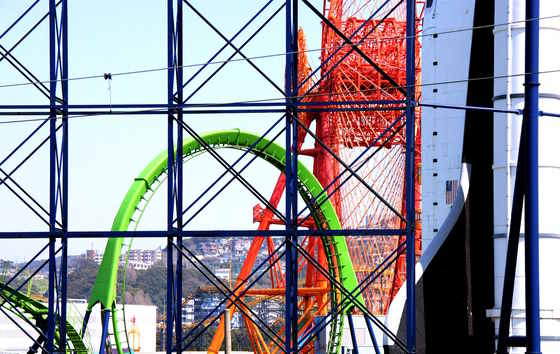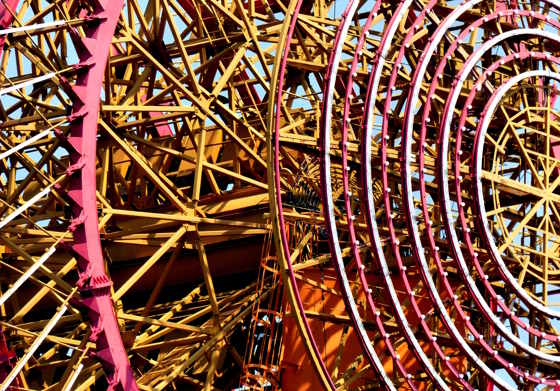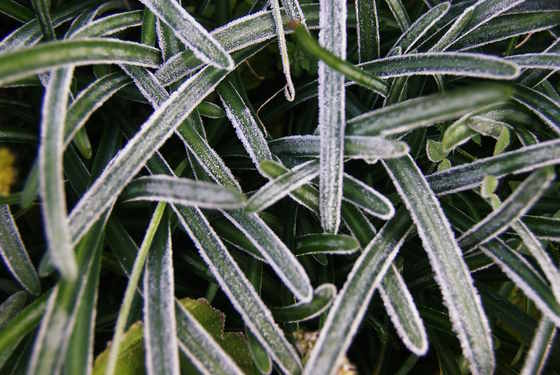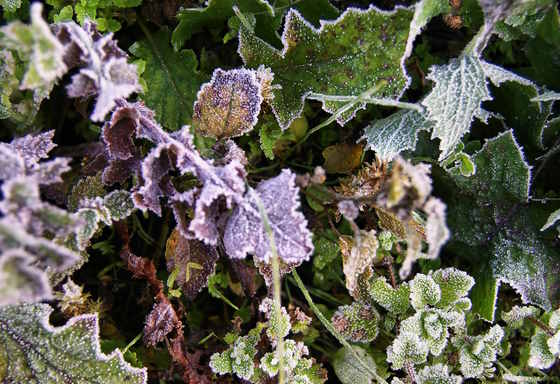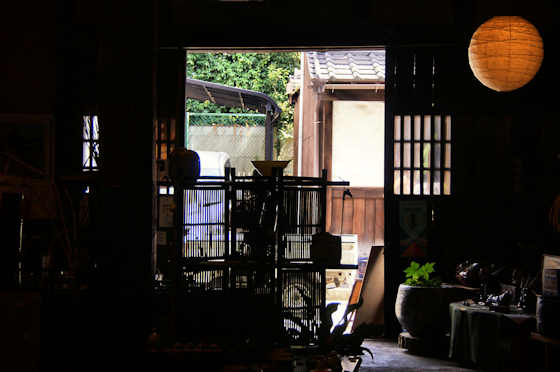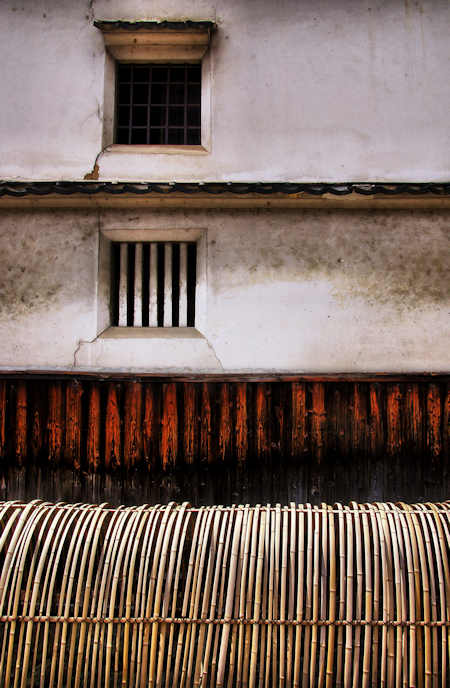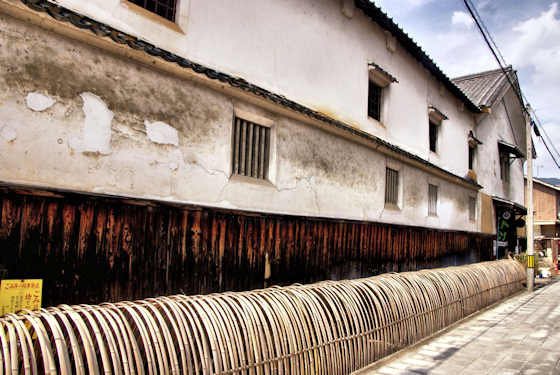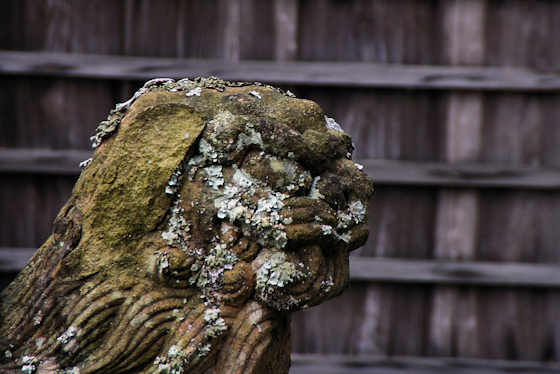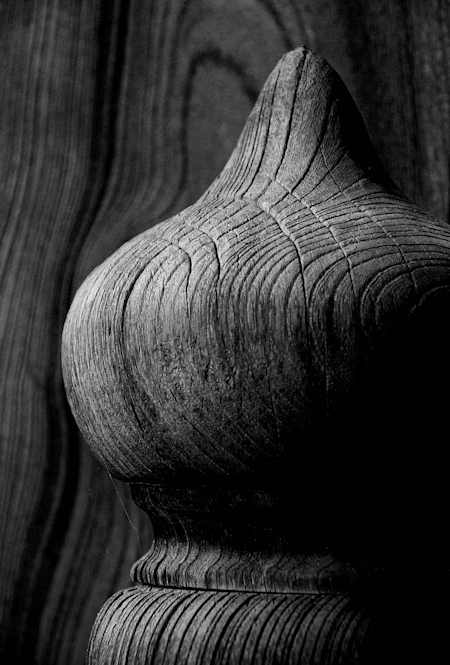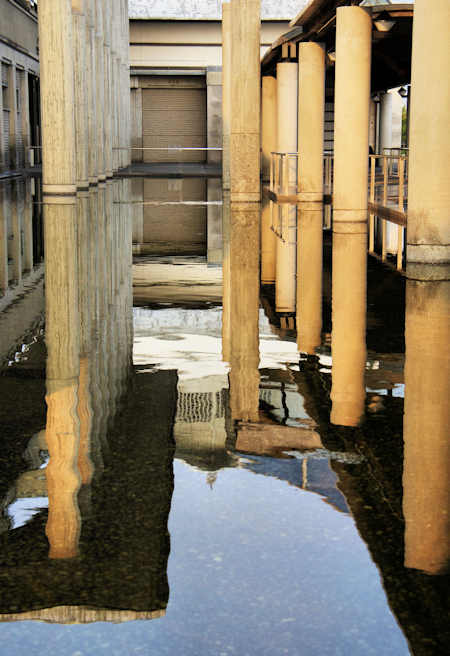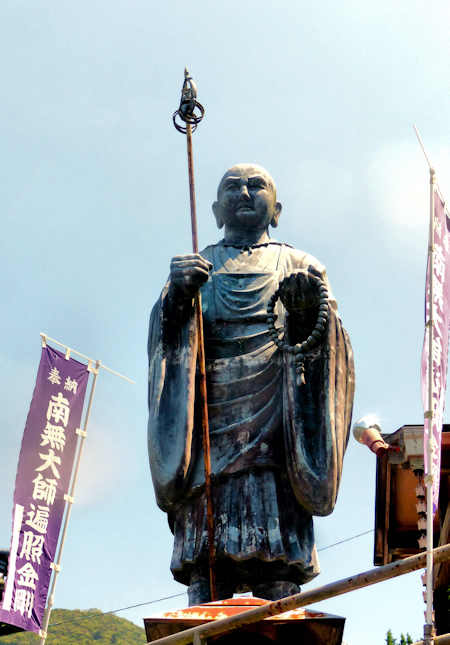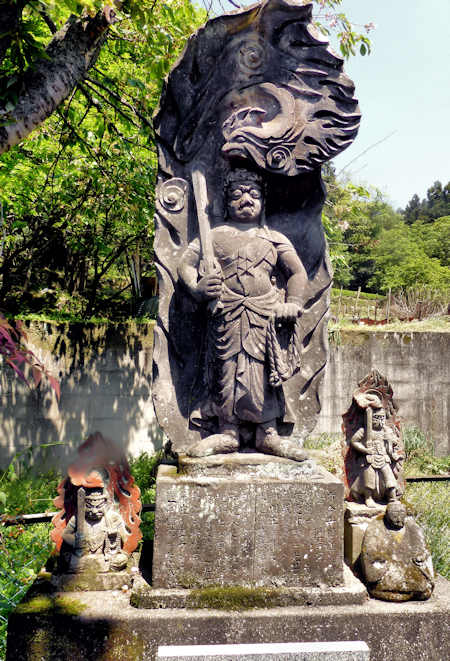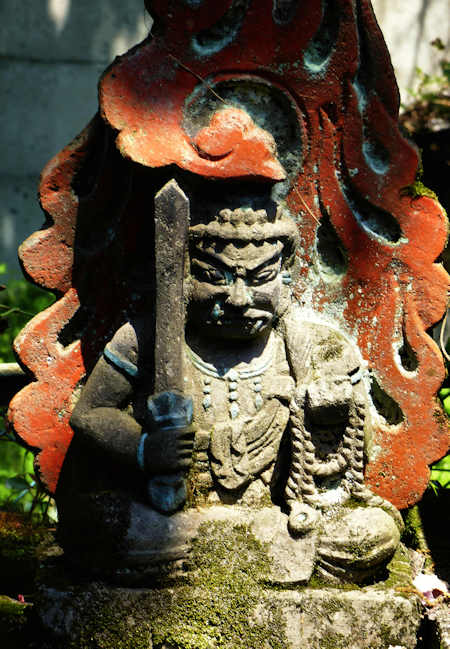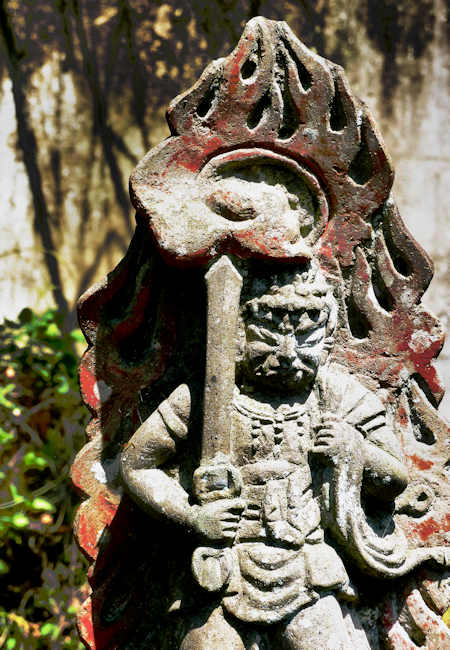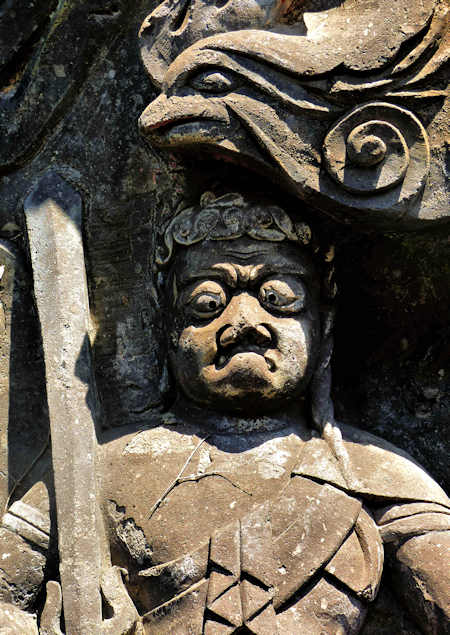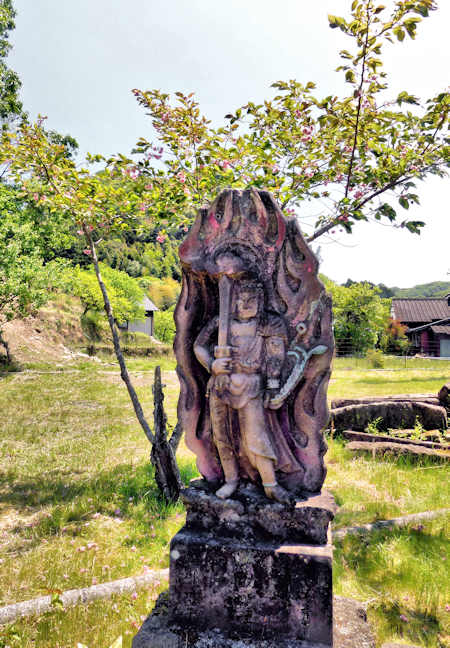Wednesday, February 15, 2023
Some Beaches of Ishigaki Island
Monday, February 13, 2023
Disappeared Japan Part 4 Space World
Space World
Space World was a big amusement park in Kitakyushu built around the theme of space. It opened in 1990 on land that had formerly been part of Nippon Steel.
It featured a life-size replica of the space shuttle and its launch rockets, but really the space connection was rather tenuous.
The park featured 6 different roller coasters (with suitably space-themed names like Black Hole Scramble, and Titan Max.
The 100 meter high Ferris Wheel named Space Eye was the tallest in Kyushu when first built.
The park closed on 1st January, 2018 and was slowly dismantled and demolished.
The site is now The Outlets Kitakyushu, a shopping centre that is mostly outlet stores.
Previous Disappeared Japan posts include Yukaen Chinese Garden, and Awaji World peace Kannon.
Saturday, February 11, 2023
Frosty Flora
Frosty Flora
28 November, 2012, I started the fifth, and final, day of my Autumn walk exploring the Kunisaki peninsula are of Oita in Kyushu.
I was heading directly north out of Kitsuki and was heading for the highest point of the peninsula, Mount Futago.
The sky was blue, but the sun had not yet reached the bottom of the steep mountain valley, and so frost lay on the vegetation.
And the water in the basins in front of the shrines was covered in ice....
Friday, February 10, 2023
Fujii Shuzo Sake Brewery Takehara
Fujii Shuzo Sake Brewery Takehara
Wednesday, February 8, 2023
Iwami Hachimangu
Iwami Hachimangu
Iwami Hachimangu is the largest of a cluster of 4 shrines lined up at the base of the small mountain that used to have a castle on top.
It is located along theGinzan kaido, one of the the roads that lead from the sea up into the former silver mine of Iwami Ginzan.
The castle and shrine are associated with the Mori clan who controlled the area until the Edo period when the Shogunate took over the mine and its environs.
The other shrines are a Wakamiya Shrine, a Konpira Shrine, and one called Ubo-gu. It's not clear if any of these shrines were here before the Hachimangu and castle were established in the 16th century.
Route 31, the main road from Nima up to Omori runs close by and the shrine becomes very visible when the cherry blossoms are in full bloom.
I was on my way to Omori on day 4 of my walk along the Iwami Kannon pilgrimage.
Sunday, February 5, 2023
Museum of Art Kochi
Museum of Art Kochi
On the 16th day of my walk along the Ohenro pilgrimage of Shikoku, I left my hotel near Kochi Station and headed south towards Chikurinji Temple, the next on the route.
I stopped by the Museum of Art, but it was too early and not open, so I didn't go in.
It is quite striking, looking like a cluster of oversized traditional storehouses.
It was designed by Nihon Sekkei, a very prolific company employing hundreds of architects. It opened in 1993.
Extensive use is made of shallow pools of water around the buildings.
The museum has a collection of over 40,000 artworks, including a lot by famed local artist Yasuhiro Ishimoto, but it is most well known for its large collection of works by Marc Chagall.
Saturday, February 4, 2023
Shunkoji Temple Kyushu
Shunkoji Temple Kyushu
Shunko-ji is one of a group of three temples adjacent to each other and all known individually as Tsubakidera, or Camelia Temple. They are located in the Kunisaki area of Oita in Kyushu.
Shunkoji, on the left in the top picture, seems to be the original, and there seems to be some antagonism between it and the other two.
All three temples are built on the site that it is said Kobo Daishi visited after coming back from China and then visiting nearby Usa Jingu.
The temple was founded around 320 years ago by the 11th priest of nearby Tennenji Temple. The 10th priest had visited Shikoku and on his return had founded a local 88 temple pilgrimage, the Bungo Ohenro. Curiously the temple across the road is a member of that pilgrimage, and Shunkoji is not.
Shinkoji does have quite a large statue of Kobo Daishi on high ground within the temple grounds. Underneath the statue is a spring said to have been created by Kobo Daishi.
In my previous post, I showed a few of the Fudo statues in Shunkoji and the Kaiun Fudo shrine at the start of the entrance road.
Later I will do a much longer post on the other two temples.
Wednesday, February 1, 2023
Kaiun Fudo Myo & Shunkoji Temple Fudo Myo
Kaiun Fudo Myo & Shunkoji Temple Fudo Myo
Heading down the valley after visiting Mudo-ji Temple in the Kunisaki area of Oita, Kyushu, I stopped at a small roadside shrine with a large Fudo Myo-o statue.
This was Kaiun Fudo Myoo, a Fudo known for changing your fortune and luck to good. My guess is it is a fairly modern statue.
A narrow road leads up a small side valley to a cluster of three temples, one being Shunkoji Temple.
Shunkoji Temple also had numerous Fudo statues.
Though I was walking the Kyushu Fudo Myo Pilgrimage, Shunkoji was not a part of the actual pilgrimage, though the whole area of Kunisaki is an ancient Yamabushi site, so Fudo statues are plentiful.
Shunkoji lays claim to a connection with Kobo Daishi, so in the next post I will explore that connection and the temple.


